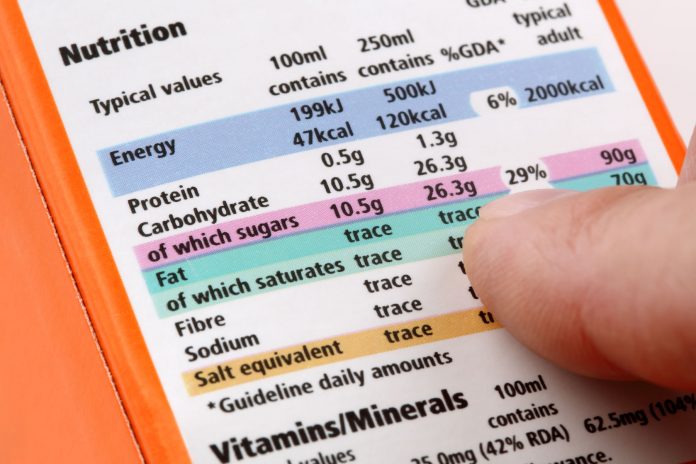Last February, the Food and Drug Administration released guidance indicating it intends to require honey and maple syrup (as well as some cranberry) products to include “sugar added” labels with their nutritional content information. Concerned that “consumers would not be able to understand the relative significance of these sources of added sugars,” the FDA hopes new sugar added labels will help consumers make healthier choices. As FDA Commissioner Scott Gottlieb remarked, “We’ve made it our goal to increase consumer awareness of the quantity of added sugars in food products consistent with recent dietary guideline recommendations.”
These new labels follow guidelines established by the 2015-2020 Dietary Guidelines for Americans which “Defines ‘added sugars,’ in part, to include sugars that are either added during the processing of foods, or are packaged as such. The term includes…sugars from syrups and honey [italics mine].”
If you find the idea of requiring syrups and honey to have “sugar added” labels for containing sugars from syrups and honey confusing or misleading, you are in good company.
Thousands of individuals from various backgrounds warned such labels would “mislead the consumer” and provide “false advertising.” Some hold that requiring sugar added for these products “makes absolutely no sense whatsoever.” Others note that requiring “maple syrup and honey producers to advertise added sugar on their product is to tell them to lie” serves to harm business and consumer relationships. One particularly outspoken critic of the FDA’s efforts is Roger Brown of Slopestyle Maple who remarked, “It’s clear that when applied broadly this is an example of well-intentioned federal regulation that is totally illogical when applied in this context.”
Brown and other detractors have valid reasons to be critical. Honey and maple syrup are almost entirely composed of sugars. Even if producers physically added more sugar or other ingredients to their product, it is unlikely to dramatically change any nutritional content.
More importantly, honey and maple syrup are both composed of multiple forms of sugar. How much of each kind of sugar varies. This makes determining what “pure” honey or maple syrup is an extremely difficult task. As a consequence, picking a regulatory standard to determine where “sugar added” labels are needed will likely provide inaccurate or misleading information. As a consequence, nutritional labels intending to provide consumers with better information may do the opposite.
But poorly constructed nutritional information can also be harmful.
Until recently, food labeling laws in the United States considered foods containing no sucrose (table sugar) to be “sugar-free” and allowed them to be labeled as such. Far from providing valuable nutritional information, consumers began searching for ways to find the “stealth sugars” in what they ate. “Sugar-free” labels are particularly confusing and destructive for diabetics, who need to monitor the sugar they consume carefully. As physician Richard Bernstein, one of the world’s foremost experts in diabetes management notes:
In the recent past, food labeling laws in the United States have permitted products to be called sugar-free if they do not contain common table sugar (sucrose). Such labeling requirements have the effect of allowing manufacturers to perpetuate a myth that sugars that are not sucrose (table sugar) are not sugars, which is nonsense. Still, it fools a lot of people.
But persistent criticism and previous failures have not deterred the FDA. Commissioner Gottlieb recently announced in a news release that, after numerous revisions and reconsiderations over the last seven months, the FDA is “continuing to work on a revised approach.” Ultimately, such efforts have slim chances of helping consumers and a high likelihood of misleading, or even harming, them.
Rather than wasting more time and resources, it may be better for the FDA to discontinue this project. If not, we will end up with the stale outcomes of sweet intentions.
